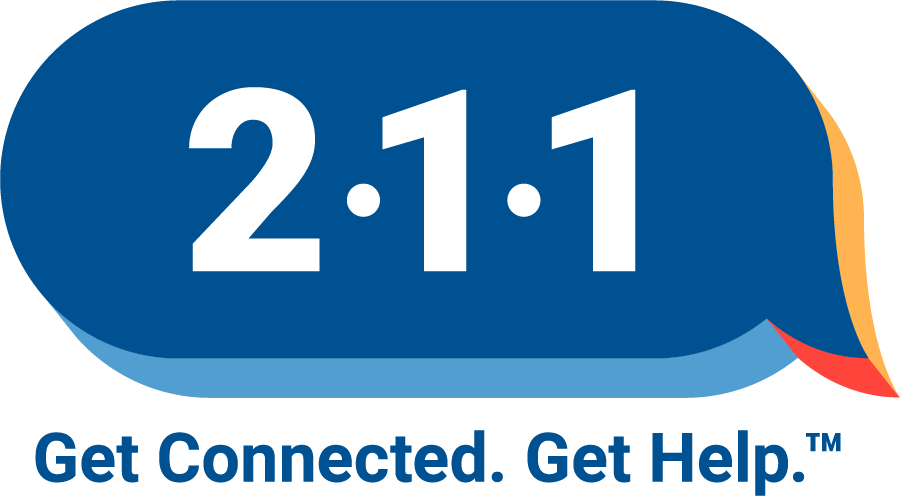Understanding Homelessness In California, And Some Promising Prevention Strategies To Help End It
There is no doubt that California is facing a harsh reality when it comes to homelessness – from the seemingly more visible presence of unsheltered individuals in urban cores and on city sidewalks – to the less obvious scenarios, such as a single mother of two spending a night sleeping in the family car or a hidden encampment. What we do know is that we are decades deep into this crisis, and we still lack an effective statewide and national strategy to bring an end homelessness.
According to the most recent publicly available data on homelessness by the U.S. Department of Housing and Urban Development (HUD), California has the largest homeless population in the country with approximately 130,000 people living in shelters or on the street. That comprises 24% of the country’s homeless population, easily the highest in the nation. With nearly 53,000 reported homeless individuals, Los Angeles County alone contains 10% of the national homeless population. What is poorly understood, however, is how homelessness numbers are calculated and why it is important to regard them as estimates when attempting to address intervention strategies on homelessness and affordable housing, in general.
The U.S. Department of Housing and Urban Development tasks a regional or local body to coordinate housing and housing services for homeless families and individuals. These institutions, called “Continuums of Care,” are often comprised of city agencies, county agencies, or a collection of agencies designed to address homelessness within a specific geographic boundary. There are 43 Continuums of Care in California who are largely responsible for:
- Developing a local strategy to combat homelessness;
- Distributing federal and local homelessness funds;
- Creating and maintaining a homeless systems database (Homeless Management Information System) and;
- Conducting an annual point-in-time count for homeless families and individuals
The only community in California lacking a Continuum of Care is Lake County in Northern California.
Point-in-time homeless counts, as mandated by HUD, are conducted in the form of a census during the last week of January, and there are usually two simultaneous homeless counts that occur: a street count and a shelter count. With regard to the latter, shelters, whether it be an emergency shelter, a transitional shelter, a safe haven, or a domestic violence center, report data to their Continuum of Care on how many people are staying in their respective shelters. Regardless, the primary reason why point-in-time counts are conducted during the last week of January is because shelter occupancy is usually at its highest during the peak of winter.
Each Continuum of Care exercises various strategies to count homeless for their street count, and they can vary greatly from community to community. Most Continuums of Care rely exclusively on volunteers and staff, some conduct random sampling, and a hybrid of those two approaches can also take place. Approaches on how point-in-time counts can also change from year to year, distorting figures on homelessness from one year to the next. More often than not, the quality of point-in-time homeless counts is often determined by the number of volunteers available, how well volunteers and staff count homeless individuals and families; how well shelters report data, the ability to access uninhabitable areas where homeless persons are sleeping and more.
Hence, if a Continuum of Care finds that it counted 5,000 homeless people, that indicates how many homeless persons were counted during the actual point-in-time count. It would be inaccurate to say, for example, “there are 5,000 homeless people on any given night” because the number of homeless individuals can fluctuate significantly during the calendar year, and some shelters, such as winter shelter programs, are not open year-round to report data findings. It would be more accurate to say, “our Continuum of Care counted 5,000 homeless people during our most recent point-in-time count in January.” Point-in time counts are generally imperfect, and not statistically accurate.
Despite this context, there are some general conclusions we can surmise about homelessness in California. Among them are:
- California has among the highest numbers of unsheltered homeless in the country. According to the most recent point-in-time count reported by HUD, 69% of homeless are reported to be unsheltered in California compared to the national average of 35%.
- California also has among the highest rates of chronically homeless in the country: 26% in 2018 compared to 18% nationally. Numerically, that amounts to over 34,000 chronically homeless statewide, and nearly 97,000 nationally.
- Veteran homelessness in California totaled 29% of the nation’s total in 2018. Tragically less discussed, veterans who are homeless are five times more likely to commit suicide than other veterans.
One common misconception about homelessness in California is that homeless individuals come from outside the state, primarily to take advantage of the weather and the sundry homeless resources available. According to recent point-in-time surveys highlighted recently in the New York Times, however, 64% of those who reported being homeless in Los Angeles had lived in the city for more than 10 years, and 43% of homeless in San Francisco reported to have lived there for at least 10 years. Indeed, the reasons for an individual’s homelessness can vary greatly from the loss of a job, substance abuse, mental health, release from prison, disconnection from immediate family members and more. Given this, there is no simple “one size fits all” solution to helping those experiencing homelessness.
While there are numerous intervention strategies currently in place to help those who are currently homeless (such as Housing First), more attention must be geared toward prevention strategies to help individuals and families from becoming homeless in the first place. Underscoring this need is a recent study by the U.S. Federal Reserve that finds 40% of U.S. adults nationally would not be able to cover a $400 emergency expense without borrowing or selling something of value. Our own Real Cost Measure study on self-sufficiency finds 38% of households in California pay at least 30% of their income on housing, nearly 4.3 million households. Unfortunately, for many families, an emergency health expense or a missed mortgage or rent payment can easily make homelessness a reality.
One preventive measure that has demonstrated promising results for those on the verge of homelessness is the Homelessness Prevention Call Center in Chicago. Under this program, those who are in need of emergency housing assistance can request immediate financial assistance to avoid eviction. A recent study on Chicago’s efforts found that $1,000 in direct cash assistance could prevent a homeless episode by 88% after three months and 76% after six months. Given that a single instance of homelessness can cost taxpayers up to $20,000 in hospital services, shelter, and other expenses, this return on investment can save municipalities millions of dollars over time, and equally important, reduce the overall scope of homelessness.
Another strategy could be to create a national Homeless Management Information System (HMIS) that would be supported and maintained by HUD. Currently, all 398 Continuums of Care nationally are responsible for creating and maintaining their own proprietary HMIS systems to determine how many persons and families are in shelters, client data and more. Doing so requires significant local administrative costs and time that could better be used to combat homelessness locally. Under a single national system, anyone providing homeless services could see a client’s entire history of homelessness, track which shelters they received services from, identify how many shelter beds are currently available, track hospital visits and more. Having this information in real time across all Continuums of Care nationally could help providers tailor treatment programs for clients effectively and efficiently regardless of where they come from.
Another strategy could be to create a national Homeless Management Information System (HMIS) that would be supported and maintained by HUD. Currently, all 398 Continuums of Care nationally are responsible for creating and maintaining their own proprietary HMIS systems to determine how many persons and families are in shelters, client data and more. Doing so requires significant local administrative costs and time that could better be used to combat homelessness locally. Under a single national system, anyone providing homeless services could see a client’s entire history of homelessness, track which shelters they received services from, identify how many shelter beds are currently available, track hospital visits and more. Having this information in real time across all Continuums of Care nationally could help providers tailor treatment programs for clients effectively and efficiently regardless of where they come from.
To help further inform our knowledge of homeless in California, feel free to explore our chart visualizations:




